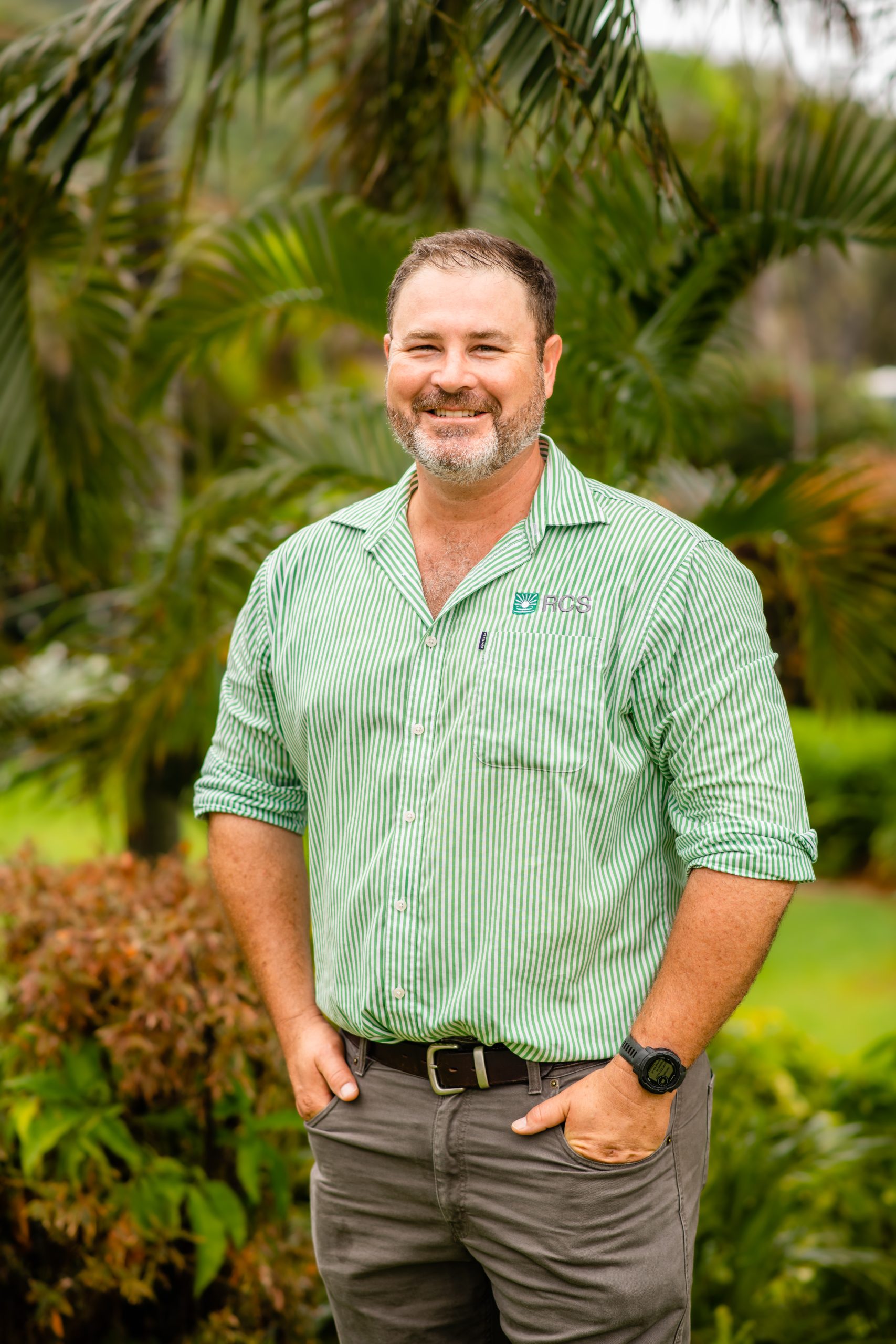
Dennis Donohoe, farm manager with Aminya Pastoral, is a seasoned producer with decades of experience, and his story is a testament to how even minor changes in farming practices can lead to significant improvements in productivity and land health.
In the day-to-day challenges of farm management, it’s easy to forget that nature actually wants to grow and evolve. It isn’t, in fact, conspiring against us, although it often feels that way. In this article, RCS Chief of Delivery David McLean pays respect to photosynthesis, reminding us of the resilience of plants.
It is estimated that vascular plants (grasses, trees, ferns) evolved and started to occupy Earth 423 million years ago. These were the first plants that could grow tall, unlike the bacteria, algae, moss and cyanobacteria that first evolved. This ability to grow tall was the start of Earth’s capacity to photosynthesise at levels not seen before, creating growth and the food sources eventually consumed by dinosaurs. Photosynthesis—capturing sunlight for energy—is the driver of our lives.
For 423 million years, our plants have used this energy and growth to slowly evolve and work out how best to survive the environmental extremes. They have worked out how to work with soil biology and other plants.
“Fighting against a system that has been refining its battle plan for 423 million years may not create the outcome you desire.”
In courses I’m running, I joke that “Mother Earth doesn’t do nudist beaches”. By this I mean that whenever soil is exposed, Mother Earth will grow something to cover herself up. Think of the soil surface similar to your living skin; when we cut or graze our skin, we form a scab to cover up and heal ourselves. For Mother Earth, pioneer species are the scabs sent to heal the wound.
The fortunate thing for us as land managers is that nature wants to grow. Nature wants to have diversity and cover. Nature wants to restore ecosystem function.
Our challenge is to work out how we work with our ecosystem to have both ecosystem function and profitability. How can we profitably create a habitat for desirable plants and biology to exist? All living beings have the same basic needs: food, shelter, air and water. So, if we want to improve ecosystem function, how do we provide the conditions where the basic needs of our plants and biology are available? Build it, and they will come. When the conditions are right, we see the dung beetles, the wildflowers in the desert, and the better grasses come back. Similarly, when the conditions are right, we see the weeds and pioneer species dominate.
Let us be thankful that nature wants to grow and have diversity. Forever modest and giving, Mother Earth keeps forgiving our mistakes and misjudgements and continuously works to repair ecosystem function for us.
Are you working with or fighting against her in your operation? Fighting against a system that has been refining its battle plan for 423 million years may not create the outcome you desire.
Author:

Chief of Delivery
Related:
Have a listen to ‘The Financial Bloke’s podcast with David, ‘Learn the traits the most successful producers all share’
Profitable Paddocks is our educational newsletter sent to your email inbox every quarter.
Click the Bell for the latest blogs.

Dennis Donohoe, farm manager with Aminya Pastoral, is a seasoned producer with decades of experience, and his story is a testament to how even minor changes in farming practices can lead to significant improvements in productivity and land health.
Once you have ownership as to why planning is important, the next ingredient is to work out where and how you will do your planning. When you write something down you change your relationship with the content. I cannot emphasise enough the power of getting your thoughts and plans out of your head onto paper or the computer.
The season in SA and Tassie is particularly tight right now with little or no useful rain since early January and a generally failed 2023 spring prior to that. Right now, across southern Australia and much of the eastern NSW, you won’t need to drive far out into the countryside to see cattle and sheep grazing (and lying on) hay and silage trails lined across paddocks.
Martha Lindstad and partner Robert James are farm managers on ‘Karalee’, Enngonia NSW. Both have travelled different paths to being where they are. Martha is originally from Norway, growing up on a three hectare farm before travelling to New Zealand and eventually the Pilbara in Western Australia. It was here that she saw the benefits of sustainable farming for the country and livestock.
The Prince’s RCS mentor, Raymond Stacey, sees a strong future ahead for Simon and Laura. “The Drought Resilient Soils and Landscapes project is about supporting graziers to manage their country and businesses better,” Raymond said. “I see an operation here where they’re working hard on their planning and putting their plans into action to leave their country, business and people in better shape.”

Join our mailing list
